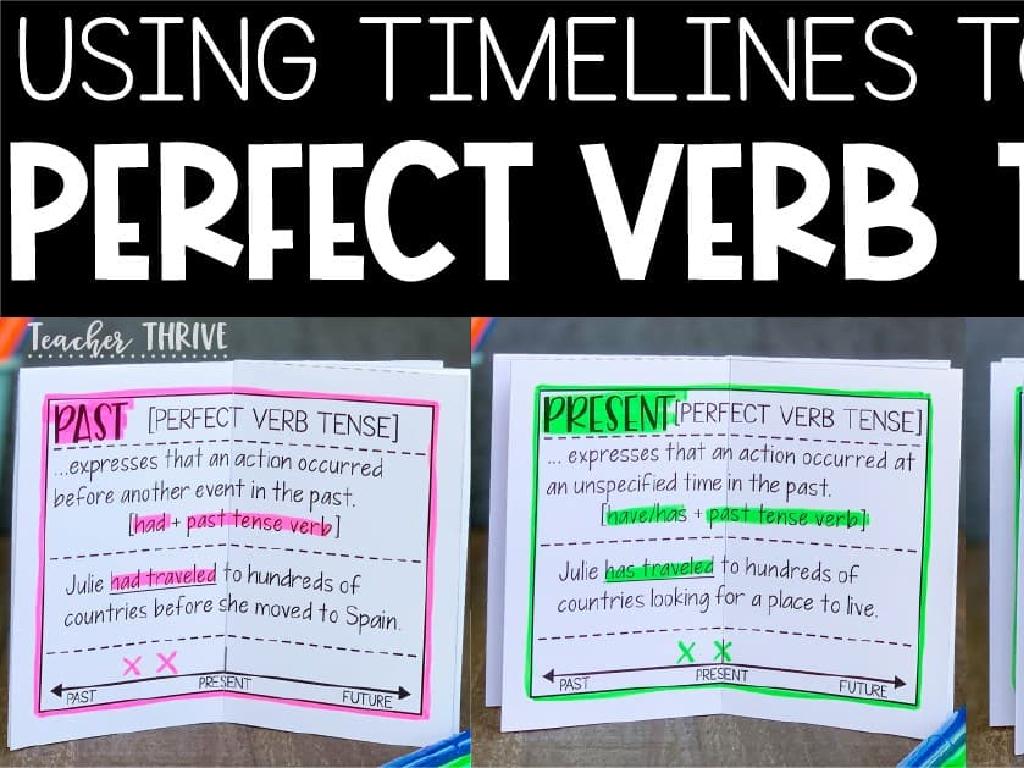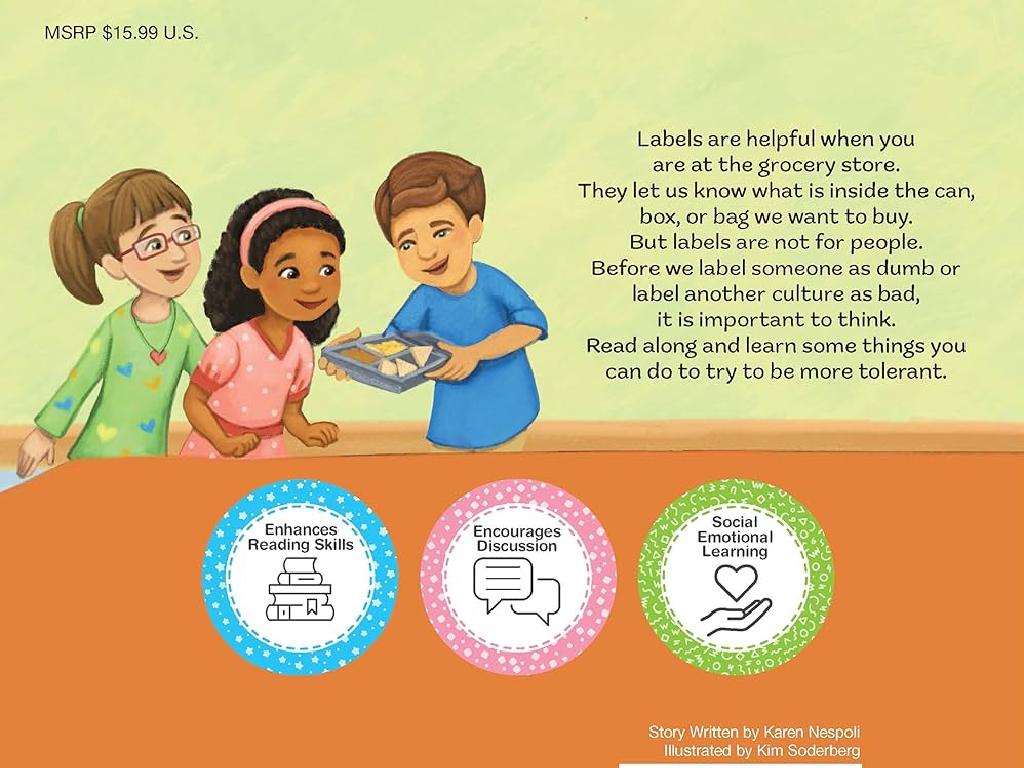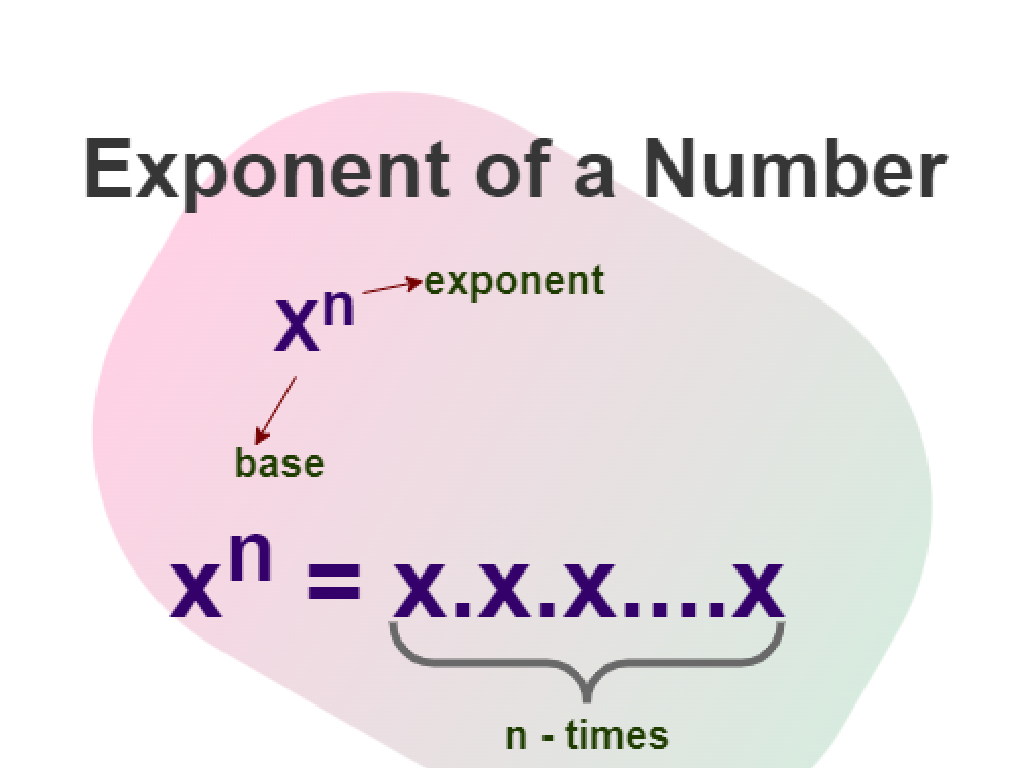Interpret The Meaning Of An Allusion From Its Source
Subject: Language arts
Grade: Seventh grade
Topic: Literary Devices
Please LOG IN to download the presentation. Access is available to registered users only.
View More Content
Exploring Allusions in Literature
– What is an allusion?
– A reference in a text to another text or famous figure
– Origins of allusions
– Allusions can come from myths, Bible, historical events, etc.
– Allusions deepen understanding
– They add layers of meaning and connect to larger ideas
– Examples in literature
– ‘He was a real Romeo with the ladies’ refers to Shakespeare’s Romeo
|
This slide introduces the concept of allusions, which are indirect references to a person, event, statement, or theme found in literature, history, mythology, or the Bible. Understanding allusions allows students to see the depth and layers in writing, as they connect the text to broader themes and contexts. Discuss the importance of recognizing the source of an allusion to fully appreciate the text’s message. Provide examples from well-known works to illustrate how allusions function. Encourage students to think of allusions as a bridge between new ideas and familiar concepts, enhancing their engagement with the text.
Understanding Allusions in Literature
– Define an allusion
– A mention in a text of something famous from culture, history, or literature
– Direct vs. indirect allusions
– Direct: clearly stated; Indirect: implied, needs inference
– Allusions require reader knowledge
– Readers must recognize the reference to grasp deeper meaning
– Enhancing meaning through allusions
|
An allusion is a literary device where the author refers to a subject matter such as a place, event, or literary work by way of a passing reference. It is up to the reader to make a connection to the subject being mentioned. It’s important that the allusion is well-known to the reader, otherwise, it may not be understood. This slide will help students differentiate between direct allusions that are explicitly stated and indirect allusions that are not directly mentioned but implied. Students should understand that recognizing allusions enriches the reading experience by adding depth to the text. Encourage students to think of allusions as a ‘secret code’ between the author and the reader that, when understood, reveals a hidden layer of meaning.
Exploring Types of Allusions in Literature
– Historical allusions explained
– Refers to significant past events or people, like mentioning the Civil Rights Movement to convey a struggle for equality.
– Literary allusions in texts
– Involves references to other books or characters, like a ‘Scrooge’ from Dickens’ ‘A Christmas Carol’.
– Cultural allusions impact
– Relates to elements of pop culture, such as a reference to ‘Harry Potter’ indicating a magical transformation.
– Mythological allusions
– Draws from ancient myths, like an ‘Achilles’ heel’ signifying a weakness.
|
This slide aims to introduce students to the different types of allusions commonly found in literature. Historical allusions bring depth to a story by connecting it to real-world events or figures. Literary allusions can create a shared understanding or build upon the themes of other well-known works. Cultural allusions can make a text more relatable to the contemporary reader by referencing familiar media or personalities. Mythological allusions enrich a narrative by tapping into the universal themes and archetypes found in ancient myths. Encourage students to look for these allusions in their reading and consider how they enhance the meaning and relevance of the text.
Interpreting Allusions in Literature
– Spot references to people, events, or works
– Look for names, places, or other works that stand out
– Contextualize the reference
– Why is this reference here? What’s happening in the story?
– Determine the added meaning
– How does this deepen your understanding of the text?
– Reflect on the allusion’s impact
– Does the allusion change how you see the characters or events?
|
This slide aims to teach students how to identify and interpret allusions in literature. Allusions are references to well-known people, events, or other literary works that can add deeper meaning to a text. Encourage students to look for standout references and to think about the context in which they appear. Discuss how allusions can provide insight into the text’s themes or characters and enhance the reader’s experience. Use examples from texts familiar to seventh graders to illustrate how allusions work. In the next class, consider having students bring in examples of allusions they have found in their own reading to discuss.
Understanding Allusions in Literature
– ‘He was a real Romeo with the ladies.’
– Alludes to Shakespeare’s romantic hero
– ‘Don’t act like a Scrooge!’
– Refers to Dickens’ miserly character
– Implications of allusions
– Analyzing character descriptions
|
This slide introduces the concept of allusions by providing two examples that reference well-known literary characters. The first allusion to ‘Romeo’ suggests that the person is very romantic or passionate, drawing a parallel to the character Romeo from Shakespeare’s ‘Romeo and Juliet.’ The second allusion to ‘Scrooge’ implies that someone is being miserly or ungenerous, similar to Ebenezer Scrooge from Dickens’ ‘A Christmas Carol.’ Students should discuss what these allusions reveal about the characters being described and how they help readers understand personality traits quickly. Encourage students to think of other examples of allusions from books they’ve read or movies they’ve seen.
Interpreting Allusions in Literature
– Research unfamiliar references
– Look up references to history, myths, or other literature
– Understand the author’s choice
– Why this reference? What does it reveal about the characters or theme?
– Reflect on the allusion’s impact
– How does the allusion deepen your understanding of the text?
– Discuss the enriched text meaning
|
When teaching students to interpret allusions, start by explaining that an allusion is a reference to another work of literature, person, or event. Encourage students to research references they’re not familiar with to grasp the context. Discuss with the class why an author might choose a particular allusion and what it could signify about the characters or the story’s theme. Have students consider how the allusion adds layers of meaning to the original text. This exercise not only aids in comprehension but also helps students appreciate the depth and intertextuality in literature. For homework, students could find examples of allusions in their favorite books or songs and explain their significance.
Activity: Uncovering Allusions in Literature
– Read passages as a class
– Spot the allusions within
– Discuss the allusions’ references
– What does the allusion point to in history, literature, or culture?
– Explore the allusions’ significance
– Why did the author choose this allusion and how does it enhance our understanding?
|
This class activity is designed to help students practice identifying allusions in literature and understand their deeper meanings. Start by reading passages together, ensuring that students are engaged and following along. As you encounter allusions, pause to discuss them. Encourage students to think about the source of the allusion and its relevance to the text’s message or theme. Facilitate a class discussion on why the author might have chosen to include these allusions and how they contribute to the richness of the work. Possible activities could include identifying allusions in a familiar story or song, creating a list of common allusions found in everyday language, or having students bring in examples of allusions from their own reading.
Class Activity: Crafting Allusions
– Select a famous reference
– Write an allusion in a sentence
– Incorporate your reference subtly
– Share and explain to the class
– Discuss the meaning behind your allusion
– Understand others’ allusions
– Listen and interpret classmates’ allusions
|
This activity is designed to help students practice creating and interpreting allusions, a key literary device. Students should choose a reference that their peers will recognize, such as a historical figure, landmark, significant event, or a piece of well-known literature or art. They will then write a sentence or short paragraph that includes an allusion to their chosen subject. When sharing with the class, students should explain the context of their allusion and what it is meant to convey in their writing. This exercise will enhance their understanding of how allusions can add depth to text and how to discern the meaning of allusions in literature. Possible variations of the activity could include working in pairs or small groups, or writing a short story that includes multiple allusions for a more challenging task.
Understanding Allusions: Conclusion & Homework
– Review: Why allusions matter
– Homework: Find an allusion
– Look in your current book or favorite show
– Explain your allusion’s impact
– What’s the original reference and how does it add to the story?
– Discuss the effectiveness in class
– Think about how the allusion enhances the understanding or enjoyment of the work
|
As we wrap up our discussion on allusions, it’s important to remember that allusions can add depth and layers of meaning to a piece of literature or media. For homework, students are tasked with identifying an allusion in a book they’re reading or a show they’re watching. They should be ready to explain not only the source of the allusion but also its significance within the context of the story. This exercise will help them understand how allusions can provide richer reading experiences and connect different works of art and literature. In the next class, we’ll discuss these findings, which will reinforce their understanding of literary devices and their effectiveness in storytelling.






